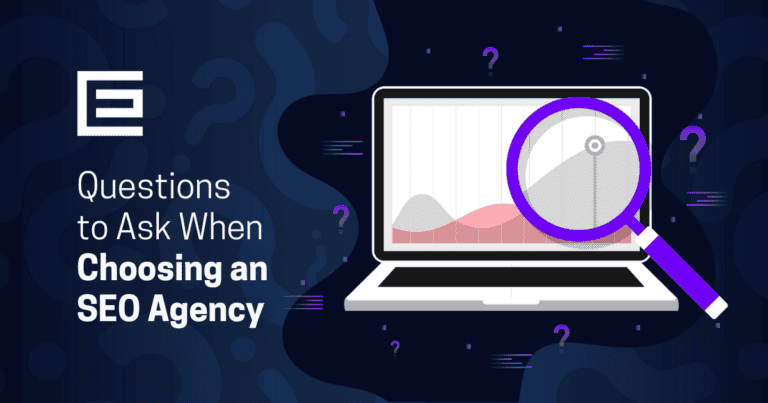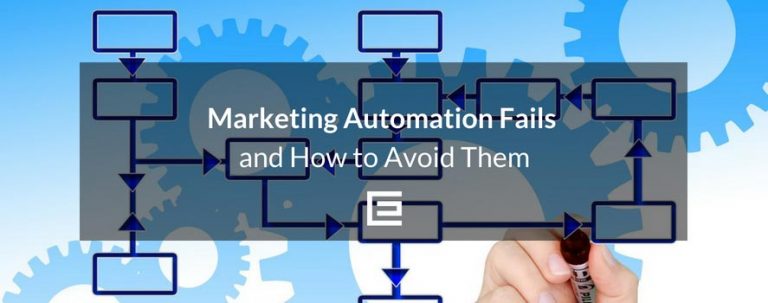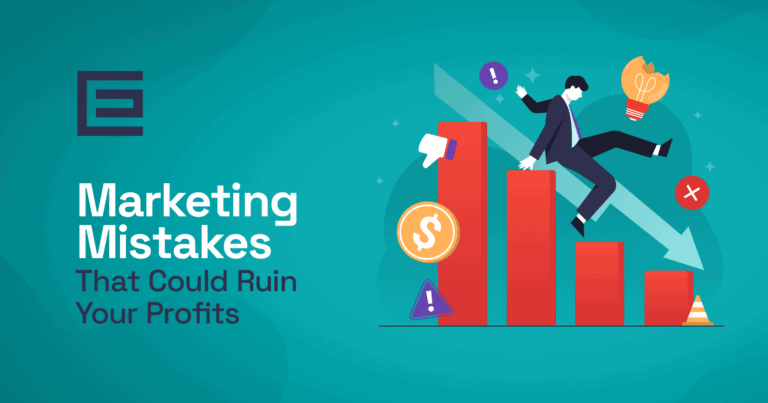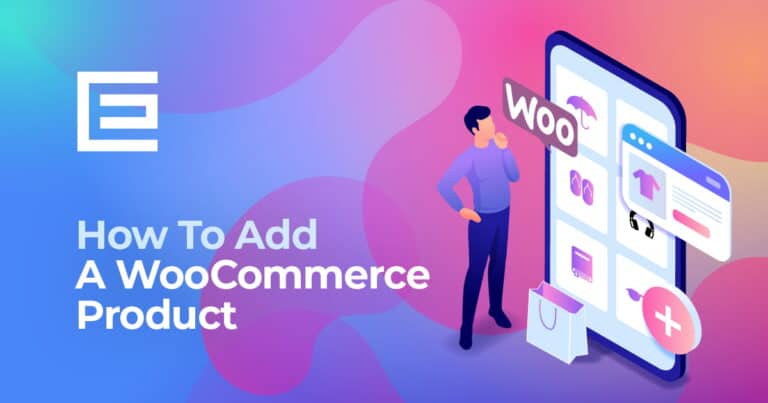Before You Start Writing Ecommerce Product Descriptions
It’s normal to want to jump into writing straightaway and begin optimizing your products as quickly as possible, however, now is the time to take a moment, breathe, and do some thinking, planning, and question-asking first.Who are your customers?
Having run a business, you are probably familiar with the concept of a buyer persona, but if not: A buyer persona is a description and understanding of your ideal customer – how they think or feel, buying habits, what they respond to, what they dislike, or what makes a difference in their buying decisions. Knowing who your customers are, what they like, and what they want to hear is pivotal in knowing how to talk to them on your product page. Think about it this way: do you talk to your kids the same way that you talk to your parents? Do you address your coworkers the same way you address your friends from high school or college? While you may address each of those groups in essentially the same way, you know how to craft what you say specifically to each group to elicit a response or reaction that you want. Ecommerce copywriting leverages your familiarity with your customers by crafting product content to speak directly to the customer.What voice are you using?
Once you know who you’re speaking to, you can begin to craft a “brand voice” that can easily speak and relate to your buyer persona. This means thinking about who your buyer is, and crafting a tone and a personality that your ideal customer would respond to well. This might sound like a daunting task, but as a business owner that has dealt with your own customers for years, you more than likely already have a handle on who you’re speaking to and how to speak to them. Think about who your customers respond to best and how they speak – or if you don’t directly interact with your customers, think about the kind of people they are and how you would speak to them. Would they respond to a sassy personality? Do they want a bare bones fact sheet to make a decision or do they want to be wooed a little in the process? Should you sound like a mid-20s hipster, a Midwestern cowboy, or an older lady who refurbishes love-seats in the Pacific Northwest? While each of these voices is incredibly specific and might not work for your company, they should have you asking questions about what your company’s persona sounds like and what makes that unique compared to other companies.Writing Your Ecommerce Product Descriptions
So now that you know who you’re talking to and how you’ll be talking to them, the time has come to move on to actually writing for your products. It can become easy to get stuck on one sentence or bullet point when trying to craft the perfect message for your customers. If you feel like you can’t get something just right, stop, take a beat, and look at the page as a whole. Think about how someone who’s never seen the page before might view it – what’s standing out, what isn’t? Are you repeating yourself or does each piece build upon one another to become something greater than the sum of its parts?Motivate Sales by Creating a Sense of Urgency
Many businesses use phrases like “For a limited time only” or “buy now while supplies last!” While phrases like this can seem cheap or gimmicky, they do actually work. This method helps to change the customer’s mindset from complacent to urgent. Say you go to an online store that sells fancy socks to see if they stock a particular brand and style of fancy socks that you’ve been thinking about purchasing. You’re in luck – they do sell them! They even have the size and color that you want. Even better, this fancy sock store says they never run out of stock, so you can totally make your purchase whenever you’d like. So really, you don’t have to buy the socks right now, because they’ll be there tomorrow. Even if you don’t buy them tomorrow, you’ll probably get them next week. Plus, if you forget to buy them next week, you’ll be satisfied that you know where you can buy that particular pair of socks whenever you’d like, if and when you ever get around to actually purchasing. This is where a bit of psychology has to come into play. When you put a limit on availability, discounts, or deals, that helps hurry the buyer past the deliberation time where they might leave, forget, or decide not to purchase. Consider the same fancy sock scenario with a sense of urgency: you discover the socks you want, and great news again – they’ve got your brand, size, and color. However, this time near the price it says “Only 9 pairs left – order today!” While this number may or may not accurately reflect their inventory, you are no longer certain that you could come back tomorrow to purchase – you need to get your order in now while supplies last.Features Also Need to Be Benefits
When we talk about making your product description copy work harder for you, that isn’t to say to you need to stay away from giving details about your products. You need those facts in your descriptions to help your buyers make an informed purchase. When you add the features of the product to the description, you also need to answer this question for the customer: why is this feature a benefit? That might seem like a fairly obvious thing to state for your buyers – if they’re browsing the product, wouldn’t they already be familiar with why that feature is a benefit? The object here isn’t just to point out the benefits of the product, but to help the customer connect with the product by imagining what it would be like to own and use it. Take our fancy sock store again for an example. Say they feature a new pair of socks with rocket ships all over them and they’re made of a cotton blend. The product description could look something like this:- Rocket Ship Design
- 97% Cotton, 3% Spandex
- Get ready for a trip to the stars with our snazzy rocket ship pattern!
- Whether you’re visiting Mars or getting coffee, your feet will remain cozy in these cotton blend socks.
Once More With Feeling – and Some Story Too
It would be easy to try and keep the description as short and bulleted – who reads anymore, right? There tends to be a stereotype against longer descriptions, books, paragraphs, and against more words in general, insofar as people believe that most customers won’t read that much. In a way that is true and yet it isn’t: studies have shown that readers will read the longer copy if it directed to them and if they are interested in the subject. Take once again our sock company: a sock aficionado is going to want to read descriptions and articles about socks, how socks are made and distributed, the history of socks, how this one sock maker wove stockings out of the dirt on a little hillside in Tuscany while being chased by the fascists – these are the sorts of details and information that interest them. They are twice as likely to read more of it if that story is being written to entice them. Knowing that your customers want to hear more about your products, give them what they want: give them a story. This doesn’t have to be a 2,000-page tome or even as much as 500 words, but it should be a few sentences that, again, help the customer imagine what it would be like to own that product. Remember how benefits enriched the features of the product? This is a similar process. Even if your product doesn’t have a Tuscan stocking weaver backstory, there’s something that makes that product special. Perhaps it’s in the production or distribution process, or a story about how you first thought of the product, or your first experience with the industry as a child – a few sentences of truth about the nature of your product and your company can help you sell them better than you did before.Extra Tips and Writing Tricks
The three writing methods that we’ve discussed so far outline how you can optimize your product copy as you’re writing it, but here are a few things to remember or try out as you write:- Be Human – Writing in a creative voice and attempting to craft a written personality can seem hard, but don’t forget that at the end of the day you’re writing for people. Remember what we said about stepping back and looking at the whole for a moment? Remind yourself not to talk down to the customer because they’ll see right through it. Have a personality, but not at the expense of alienating everyone who would read your copy.
- Use Fewer Adjectives – Everyone is anxious to describe their products well, so you might find yourself adding bunches of adjectives to your writing: “These sultry, cozy, hand-stitched, Tuscan-designed, high-quality stockings are sure to keep your feet warm…” More than one adjective starts to overload the product and ends up not saying much to the reader at all. Limit yourself to one adjective per noun, this will make your writing stronger.
- Use Microcopy – Microcopy is essentially small phrases or words in particular places on your site that help contribute to the voice that you’re trying to portray in small ways. A makeup company might have “Get it Girl” on their submit button or an online store might say on their lead generation form when asking for email addresses: “Don’t worry, we’ll only use your email address once.” Small touches like this can help your creative voice come through in subtle ways.
After You’ve Finished Writing
We would love to tell you at this point that you’re done, that’s it, pack it all in, get it up on the website because there’s nothing more to do. We cannot say that unfortunately – companies change, directions pivot, products come and go, and this means that you’ll always need to come back and look at your copy again to reevaluate what it says and how it says it. You may not feel like you’ve nailed down your creative voice on the first try, so you’ll want to keep rewriting as you go forward and continue to push the copy to be better and better. Indeed, this also why you’ll want to A/B test your calls-to-action as well. This involves checking regularly which call-to-action is getting more clicks and more purchases. The short phrasing of your CTA copy can be the difference between “I need this now!” and “Eh, maybe tomorrow.”Still feeling overwhelmed by your site’s copywriting? Help is available! Contact your ecommerce copywriting experts in Raleigh, NC at 919-341-8901 or schedule a complimentary consultation to discuss how your website can be working harder for you.
Tags: Digital Marketing • Ecommerce





